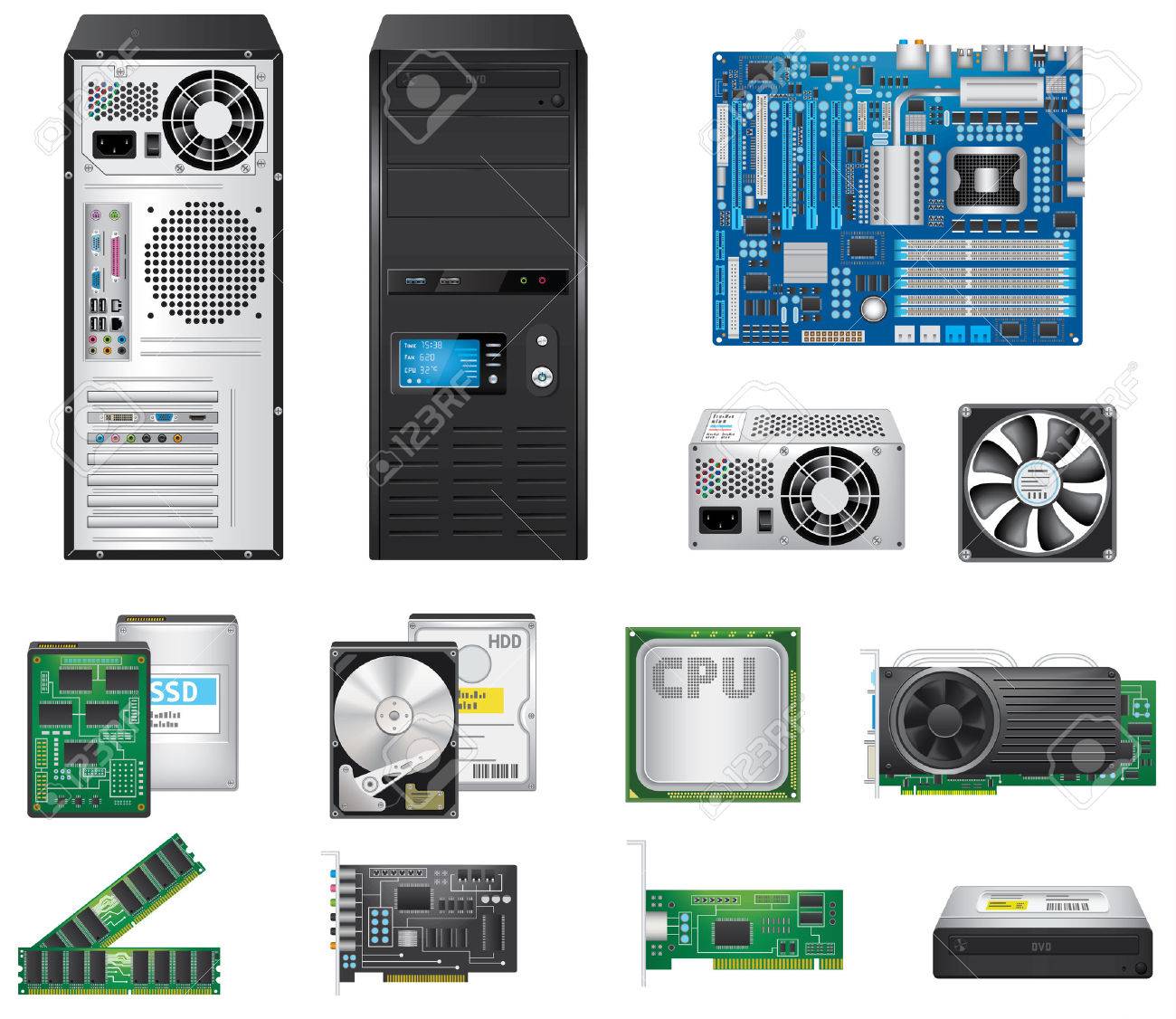In today's technology-driven world, the need for computer components keeps to increase, leading in a surge in surplus parts getting available. Such surplus computer parts provide an interesting opportunity for both builders and budget-conscious consumers to revamp their systems without going the bank. From surplus graphics cards to used motherboards, there is a wealth of options for anyone open to explore the world of secondhand tech.

However, diving into the surplus market can be daunting. With numerous factors to consider—from determining the condition of components to understanding what to look for in a used graphics card—making informed choices is essential. This guide seeks to illuminate on the important aspects of purchasing surplus computer parts, assisting you transform what many see as discarded tech into treasures that can enhance your computer setup. Regardless if you're a gaming enthusiast or just looking to improve your home office, learning how to spot high-quality components can lead to significant savings and impressive performance.
Guide to Purchasing Surplus Computer Parts
When considering purchasing extra PC items, knowing what to look for can significantly boost your buying experience. Begin by locating reliable sources where surplus items are available, like e-commerce sites, local computer retailers, and focused surplus vendors. Reading reviews and scores of suppliers is crucial; it can yield valuable insights into their reliability and the grade of their goods. Remember that the quality of surplus parts can differ, and building a relationship with suppliers can reduce risks.
Next, consider the particular components you require for your configuration. Whether you need a graphics card, mainboard, or random access memory, every component has specific criteria determining its worth and fit with your current system. Familiarize yourself with the requirements required for your configuration and apply that knowledge to guide your purchases. It's beneficial to check on return options, guarantees, and coverage, as these can safeguard you in the situation where the part does not meet standards.
In conclusion, make sure you have a basic understanding of how to evaluate the condition of surplus items. This includes checking for physical flaws, testing functionality when possible, and authenticating the genuineness of the components. Knowing how to identify counterfeit parts can protect you from experiencing a loss. Investing time to carefully evaluate the quality and condition of surplus computer components will lead to smarter buys and a greater overall satisfaction.
Assessing Quality and Fit
When acquiring leftover computer components, condition is essential. Always examine the actual condition of the parts, searching for signs of rust, flaws, or degradation. High-quality excess parts should have intact connectors, clean terminals, and show no signs of significant overheating or issues. Additionally, request pop over to this web-site of the items where practical; understanding their previous use can provide insightful knowledge into their longevity and dependability.
Fit is a further key element to take into account. Ensure that the excess parts you are eyeing are compatible with your present system. For parts like motherboards and CPUs, check the socket types, controller chips, and supported storage types. Use producer websites or forums to clarify compatibility and avoid any likely mismatches that could lead to further costs or issues down the line.
Lastly, when assessing leftover parts, it is wise to assess the standing of the supplier. Look into ratings and ratings, and prefer suppliers who provide guarantees or return agreements. A vendor’s openness regarding the state and track record of the parts can greatly enhance your buying experience. By prioritizing condition, fit, and vendor credibility, you'll boost your chances of acquiring leftover components that fulfill your requirements satisfactorily.
Suggestions for Effective Surplus Part Shopping
When venturing into the realm of surplus computer parts, it's essential to do your research beforehand. Acquaint https://lysgaard-hatch.mdwrite.net/excess-pc-components-a-smart-alternative-for-video-game-enthusiasts with the specifications and compatibility of the parts you need for your build. Keep an eye on the latest trends in technology to realize which pieces can still deliver good performance. Make a checklist of what you are looking for, highlighting essential pieces, to stay concentrated while scanning through various ads.
Inspect the condition of the pieces thoroughly before making a purchase. Look for high-quality photographs and specifications from the seller, and if possible, ask questions about the background of the component, such as how long it was used and whether it has been verified. A reliable seller will often provide assurances or return options for their surplus parts, which adds a layer of safety to your buying experience.
Finally, don't neglect to contrast prices across multiple platforms. The best bargains can often be found through regional listings, online marketplaces, or niche surplus sellers. Consider participating in community forums where enthusiasts exchange their knowledge and recommendations on where to find reliable surplus parts. By being diligent in your shopping endeavors, you can turn surplus pieces into a valuable addition to your technology setup.
